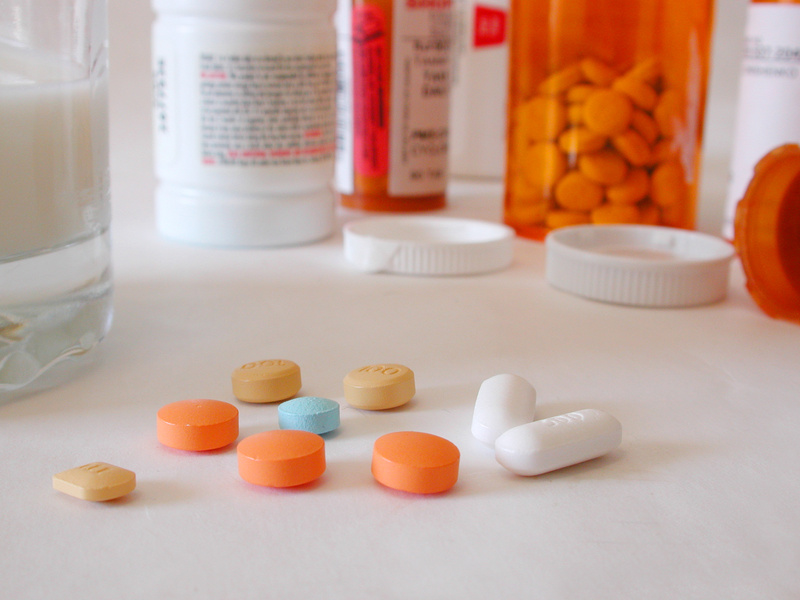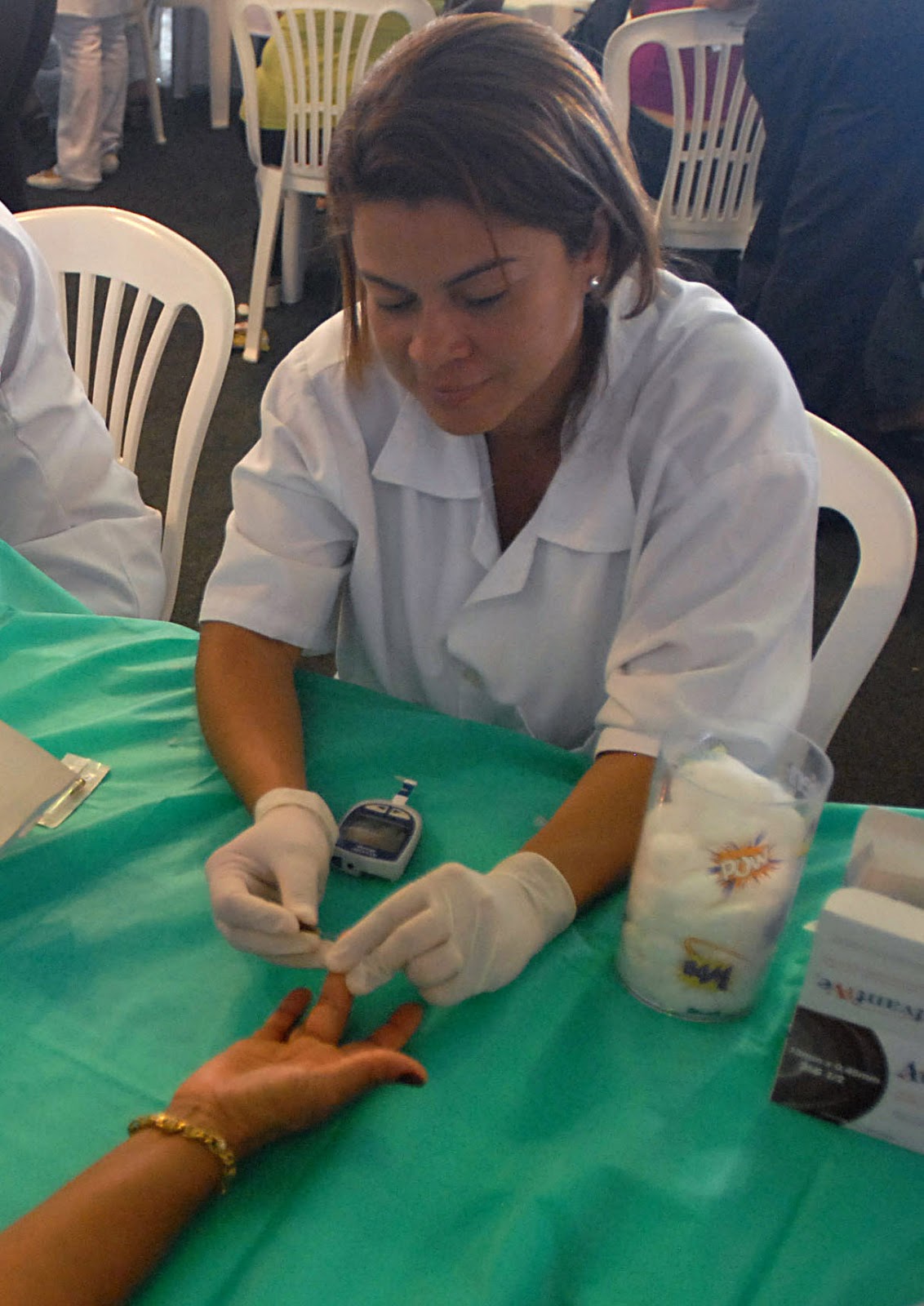In frail elders, such as those who are disabled and no longer able to care for themselves independently, “less” medical care is sometimes more.
As discussed recently on GeriPal, this may be the case for diabetes. While many guidelines for diabetes recommend tight control of blood sugar, in frail elders this may do more harm than good. For example, many guidelines suggest an HBA1c target of 7%. But frail elders may get little benefit from such tight control, and the risks of hypoglycemic side effects may be substantial. And all the monitoring needed for tight control may have negative effects on quality of life.
But just becasue tight control of blood sugars is not a good idea does not mean that no control is a good idea. It is unlikely that patients with frequent very high blood sugars will feel well. Maybe there is a happy medium.
In 2003, an American Geriatrics Society Guideline Panel tried to find this happy medium, recommending a HBAic target of 8.0% in frail elders. Till recently, no one has tested the impact of such a guideline in frail elders.
Our colleagues, Geriatricians Sei Lee and Cathy Eng recently published a study in the Journal of the American Geriatrics Society that tested the impact of the AGS guideline. They took advantage of a natural experiment In 2004, the leadership of On Lok Senior Health implemented the AGS guideline through an intervention that led to more aggressive glucose management of frail elders with HbA1c levels over 8%. On Lok is a model program that provides care for frail elders who are nursing home eligible, but remain in the community. The results are intriguing:
- Episodes of severe hyperglycemia, defined as blood glucose over 400 mg/dl plummeted. (159 per 100 person years before the intervention to 46 after). While it is not clear how this impacted patient well being, I suspect this is a good thing. My sense is that most patients won’t feel terribly well with blood sugars in this extreme range
- There was a temporary increase in rates of severe hypoglycemia, that eventually resolved. Before the guideline, the risk of hypoglycemia requiring an ER visit was 1.1% per year. During the first 18 months of the guideline implementation this increased to 2.9% per year. However, after 18 months, the risk returned to baseline (0.6% per year).
- Patients ended up on more medicine. After guideline implementation, use of both oral agents and insulin increased.
So, the AGS guideline resulted in a marked decrease in episodes of severe hyperglycemia. After a “learning” phase, this was accomplished with no long term increase in severe hypoglycemia. But while providers were learning how to implement the new guideline, there was a temporary increase in episodes of severe hypoglycemia. The authors raise the intriguing suggestion that one reason the risk of severe hypoglycemia may have been temporary is that On Lok providers may have learned over time how to identify which patients were not good candidates for the guideline target. This emphasizes the importance of allowing flexibility and clinical judgment when implementing guidelines.
While there were some costs, including the temporary increase in hyporglycemia, it seems likely most diabetic patients in On Lok were probably better off because of the implementation of the AGS diabetes guideline. It may be the case that aiming for reasonable glycemic control (as opposed to perfect control) has its place in the frail elderly.
It is important to keep one caveat in mind. The setting for this study, On Lok, is part of a model care system for frail elders. Patients are seen by members of a multidisciplinary team at least 3 times a week. The vast majority of frail elders do not get care of this quality The benefits of this intervention are probably less and the risks greater in more traditional primary care systems.
by: [Ken Covinsky]



